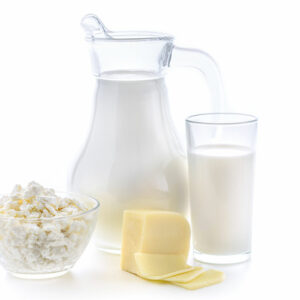
01
8 foods and beverages to avoid with arthritis
Arthritis is a group of bone-related disorders that include gout, rheumatoid arthritis (RA), psoriatic arthritis (PA), and osteoarthritis. A person with arthritis is susceptible to inflammation, which triggers pain and other associated symptoms. The underlying cause is inflammation which eventually affects the tissues around the joints, leading to chronic conditions like heart diseases and diabetes and worsening the arthritis symptoms. Here are eight foods and beverages to avoid with arthritis: Salt The sodium content in salt is required for the body to perform innumerable functions. However, over intake of salt calls for a lot of trouble. Several researchers point out that one mostly uses way too much salt than is required. Excess salt intake is associated with greater inflammation levels which can also trigger pain and other symptoms related to arthritis. Make sure you look for foods with no added salt. Use spices or herbs to garnish food. Omega-6 fatty acids These polyunsaturated fatty acids, when used in excess, cause inflammation. Some common sources of omega-6 fats include sunflower oil, canola oil, nuts, and meat. Opting for olive oil would be a smarter choice as it contains primarily monounsaturated fat. Sweetened beverages Sweetened drinks like fruit juices, soda, and other sweetened drinks contain a high amount of sugar.
Read More 









